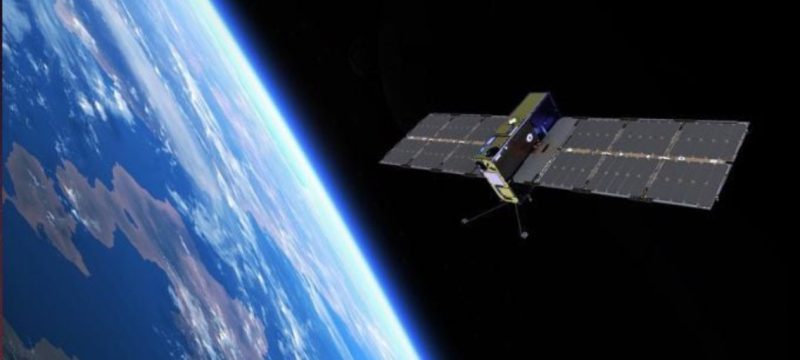NASA’s TBIRD (TeraByte InfraRed Delivery) demonstration has successfully concluded its mission, setting world records for the fastest satellite downlink using laser communications. The PTD-3 (Pathfinder Technology Demonstrator-3) spacecraft, which launched in May 2022 as part of SpaceX’s Transporter-5 mission, carried the TBIRD payload into low-Earth orbit, where it transmitted laser communication signals to a ground station in California.
Over two years, TBIRD demonstrated the effectiveness of laser communications, which utilize infrared light to transmit data far more efficiently than traditional radio frequency systems. In June 2023, TBIRD achieved a peak transmission rate of 200 gigabits per second, sending 4.8 terabytes of error-free data in just five minutes—equivalent to about 2,400 hours of HD video.
Also Read: Nasa, Boeing, and US Coast Guard Provide Testimonies in Titan Submersible Implosion Investigation
The mission not only broke records but also showcased a compact and cost-effective design, as the TBIRD payload, roughly the size of a tissue box, included two commercial telecom modems adapted for space. The PTD-3 system overcame significant challenges, such as maintaining a stable laser link while traveling at speeds of up to 17,000 mph.
TBIRD’s success provides valuable insights into laser communication operations in low Earth orbit, which will inform future missions, including the upcoming Artemis II mission. This demonstration is a key step in advancing NASA’s Space Communications and Navigation program, aiming to enhance the efficiency and capability of data transfers for scientific exploration.
The TBIRD mission originally planned for six months extended beyond two years, illustrating its effectiveness and paving the way for the next generation of laser communication technologies in space exploration.









